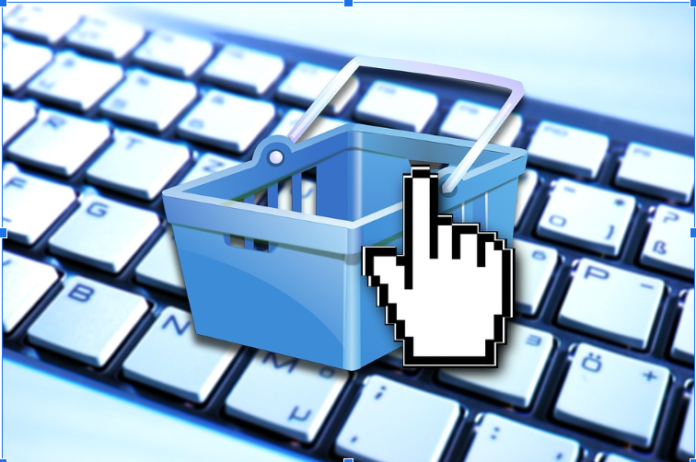Punch-Out is becoming a requirement for businesses that supply to major companies. Since multinational companies are very budget-conscientious, they are constantly on the lookout to cut down the purchasing costs and punch-out catalogs have provided them with one such solution.
If you are a small business owner, you still might not be sure if you should do one such investment. If you don’t, you are giving away a great competitive advantage. But if you are ready to make the leap, here’s what you need to know about making your business punch-out ready.
But before that…
How Does Punch-Out Work?
Punch-out is a gateway server that acts as a middleman between your eProcurement system and your buyer’s eProcurement system. Its operation is based in CXML systems. The CXML protocol supports different modes and operations.
When a buyer is placing an order, that doesn’t go in the normal way like as it would when you are shopping online. Instead, the punch-out gateway accepts orders in a form of CXML messages and send the order through your eProcurement system. By organizing the purchasing process in this way, companies are able to track spending better through their own system, find the best deals automatically and make the process more simplified and less time-consuming.
Punch-Out Integration Process
- Integrate Punch-Out into Your eProcurement System
To make your business punch-out ready, first, you need to have an eProcurement system in place. The connection is established between the two through a setup request in CXML or OCI format. The eProcurement systems on both sides need to be compatible with CXML or OCI formats.
The purpose of this setup is to verify the connection between the eProcurement system and punch-out. When this is integrated, B2B buyers will be able to see your punch-out catalog and place orders through their eProcurement system.
- The Buying Process
After the integration is completed, the buying requests from outside companies would go through the punch-out protocol. What happens here is the following: the business customer finds the product they need and add the items to cart. This is known as the shopping cart response. The shopping cart sends the information about the order back to the buyer’s eProcurement system in CXML or OCI format so it can be processed.
- Creating the Order
Once the order is sent back to the buyer, their eProcurement system performs tasks to finalize the order. This includes budget application, releasing a PO number, adding accounting information and getting the approval to go forward with the order. When that is done, the order is then sent to you through the punch-out catalogs and then the order goes to your eProcurement system.
- Confirm the Order
When you receive the order, it will trigger a response from your system to send a message to the buyer that the order has been received and accepted. The buyer will be able to access information such as lead time and delivery time if you make it available.
- Invoicing the Customer
Once the information about the order is received, the eProcurement system can automatically generate an invoice and send it back to the buyer through the protocol. If you have been given a PO number by the customer that would be applied to the invoice as well.
In order for your business to become punch-out ready, you need to make sure that all of the above steps are integrated into your eProcurement system and that the communication between you and the buyers is established through the punch-out gateway. The technical aspect of the integration can be done in different ways depending on the type of the business, but once you understand how the process works, it would be easier to get ready and integrate punch-out.





